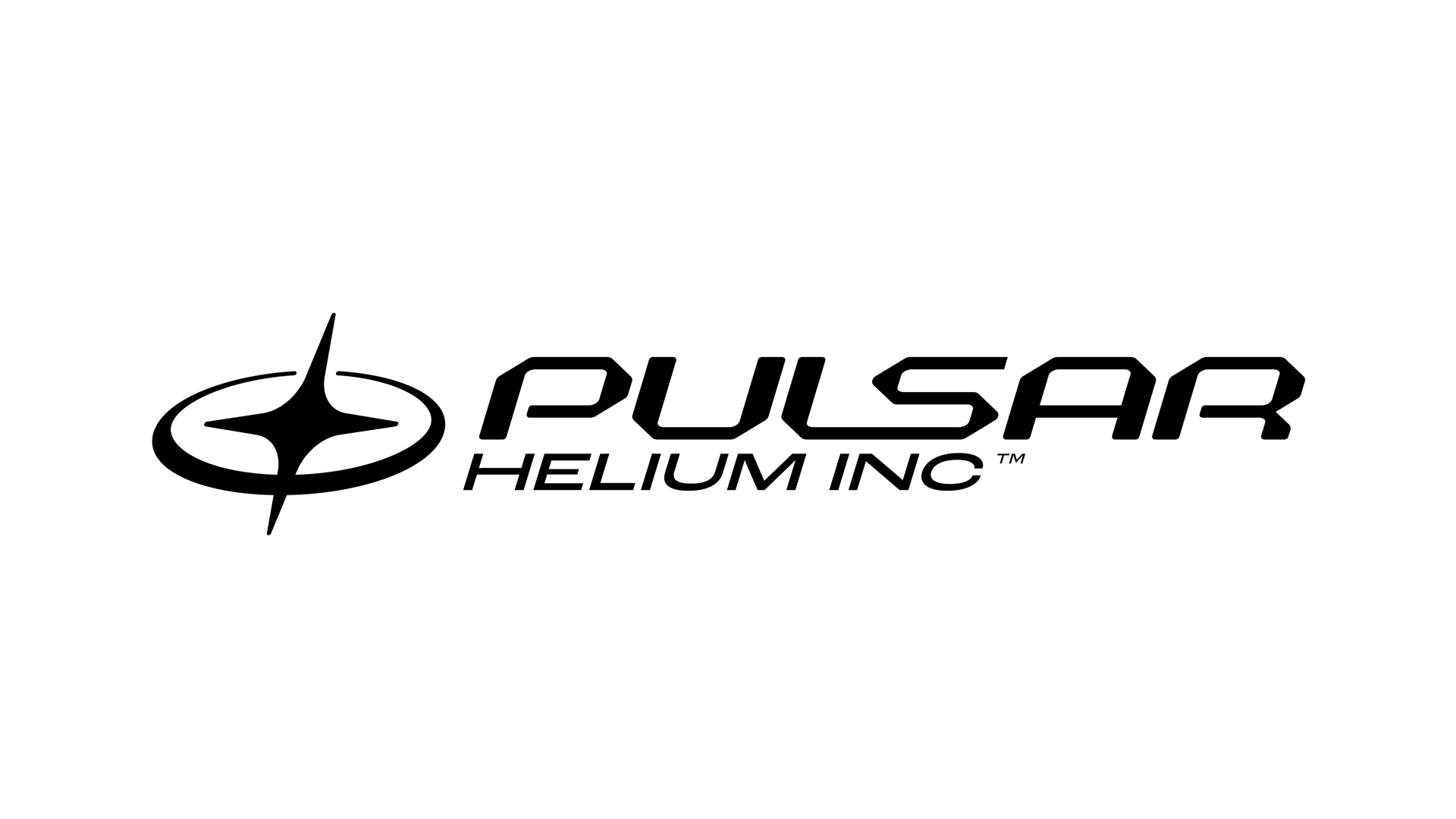Pulsar Helium Appoints Woods Hole Scientist as Helium-3 Advisor

Pulsar Helium names Dr. Peter Barry of Woods Hole Oceanographic Institution as Scientific Helium-3 Advisor for its Topaz project in Minnesota.
- Advisory Appointment: Dr. Peter Barry, Associate Scientist at Woods Hole Oceanographic Institution, appointed to lead helium-3 research and data interpretation at the Topaz project.
- Measured Concentrations: Topaz project recorded helium-3 levels up to 14.5 parts per billion, comparable to concentrations found in lunar samples.
- Third-Party Verification: Dr. Barry will coordinate independent validation of helium-3 samples with U.S. government laboratories to verify geochemical results.
- Existing Relationship: Dr. Barry has consulted with Pulsar since early stages of the Topaz discovery, having analysed gas samples from the Jetstream #1 well.
- Market Context: Helium-3 has reported prices reaching US$18.7 million per kilogram, while NASA and U.S. government fund lunar extraction efforts.
Pulsar Helium Inc. (AIM: PLSR, TSXV: PLSR, OTCQB: PSRHF) is a helium exploration and development company focused on primary helium occurrences not associated with hydrocarbon production. The company operates two projects: the Topaz helium project in northern Minnesota, USA, and the Tunu helium project in Greenland, where it holds exclusive leases as the first mover in both locations.
Dr. Barry's Role and Responsibilities
Dr. Peter Barry will oversee the interpretation of noble gas isotopic data from Pulsar's helium wells, focusing on helium-3 content and origin. As an Associate Scientist at Woods Hole Oceanographic Institution specialising in noble gas isotope geochemistry, he will provide technical guidance on the analysis of geochemical datasets from the Topaz project.
His responsibilities include coordinating the collection of gas samples from the Jetstream #1 well and potentially other wells. Dr. Barry will work with U.S. government laboratories to conduct high-precision analyses confirming the presence and isotopic composition of helium-3 in the samples. This process will provide third-party verification of Pulsar's results.
Dr. Barry will also develop proposals for research grants and partnerships related to helium-3 research. Additionally, he will advise on solutions for the retrieval, containment and preservation of helium-3, as Pulsar works towards establishing helium-3 as a saleable commodity. He will collaborate with the company's engineering team on these technical aspects.
Helium-3 Context and Topaz Project Findings
Helium-3 is a rare isotope with reported prices up to US$18.7 million per kilogram. The Moon's soil contains an estimated 1.4 to 15 parts per billion of helium-3, which has led NASA and the U.S. government to fund extraction efforts from lunar regolith. The isotope's scarcity stems from its limited occurrence on Earth.
Pulsar's Topaz project has measured helium-3 concentrations up to 14.5 parts per billion in the Jetstream #1 well. These levels are within the range of concentrations found in lunar samples. The company reports this as one of the highest naturally occurring helium-3 values publicly reported in a terrestrial gas reservoir.
The Topaz project has also demonstrated helium-4 production. Flow testing at the Jetstream #1 well in August 2025 delivered a peak gas flow rate of approximately 1.3 million cubic feet per day, with sustained helium concentrations of 7 to 8%.
Thomas Abraham-James, President and CEO of Pulsar, stated:
"Dr. Barry's expertise in noble gas geochemistry and his deep understanding of helium systems will be invaluable as we advance the Topaz Project and our broader helium-3 initiatives. His leadership will ensure that our helium-3 analyses and reservoir models are conducted with rigorous scientific oversight, strengthening Pulsar's position at the forefront of terrestrial helium-3 exploration."
Dr. Barry's Background and Prior Work with Pulsar
Dr. Peter Barry is an Associate Scientist in the Marine Chemistry and Geochemistry department at Woods Hole Oceanographic Institution in Massachusetts. His research uses noble gas and stable isotope geochemistry to study Earth's volatile elements and geological processes, with focus on high-temperature geochemistry, crust-mantle interactions, and gas behaviour in Earth's lithosphere.
Dr. Barry received his Ph.D. in Earth Sciences from the Scripps Institution of Oceanography at UC San Diego. He has held research positions at the University of Tennessee and the University of Oxford. His work includes research on the distribution of major helium gas reservoirs on Earth.
Dr. Barry has consulted with Pulsar on the Topaz helium discovery since its early stages. He analysed the full suite of gas samples from the Jetstream #1 well, which showed helium concentrations up to 14.5% by volume in the raw gas. His analysis indicated that a small amount of air contamination likely made the helium reading a conservative estimate. His appointment as Scientific Helium-3 Advisor formalises and expands this existing consulting relationship.
Project Status and Forward Plans
The Topaz project is located in northern Minnesota, where Pulsar holds exclusive leases. The Jetstream #1 appraisal well reached a total depth of 5,100 feet (1,555 metres) in January 2025, and the Jetstream #2 appraisal well was completed on 1 February 2025, reaching 5,638 feet (1,718 metres). Flow testing at Jetstream #1 in August 2025 achieved the reported production rates.
Laboratory analyses have confirmed measurable concentrations of helium-3 at the project. Dr. Barry will coordinate independent validation of these results through U.S. government laboratories. A multi-well drilling campaign is planned to expand the company's understanding of the reservoir and advance the Topaz project towards development.
Analyst's Notes




Subscribe to Our Channel
Stay Informed













